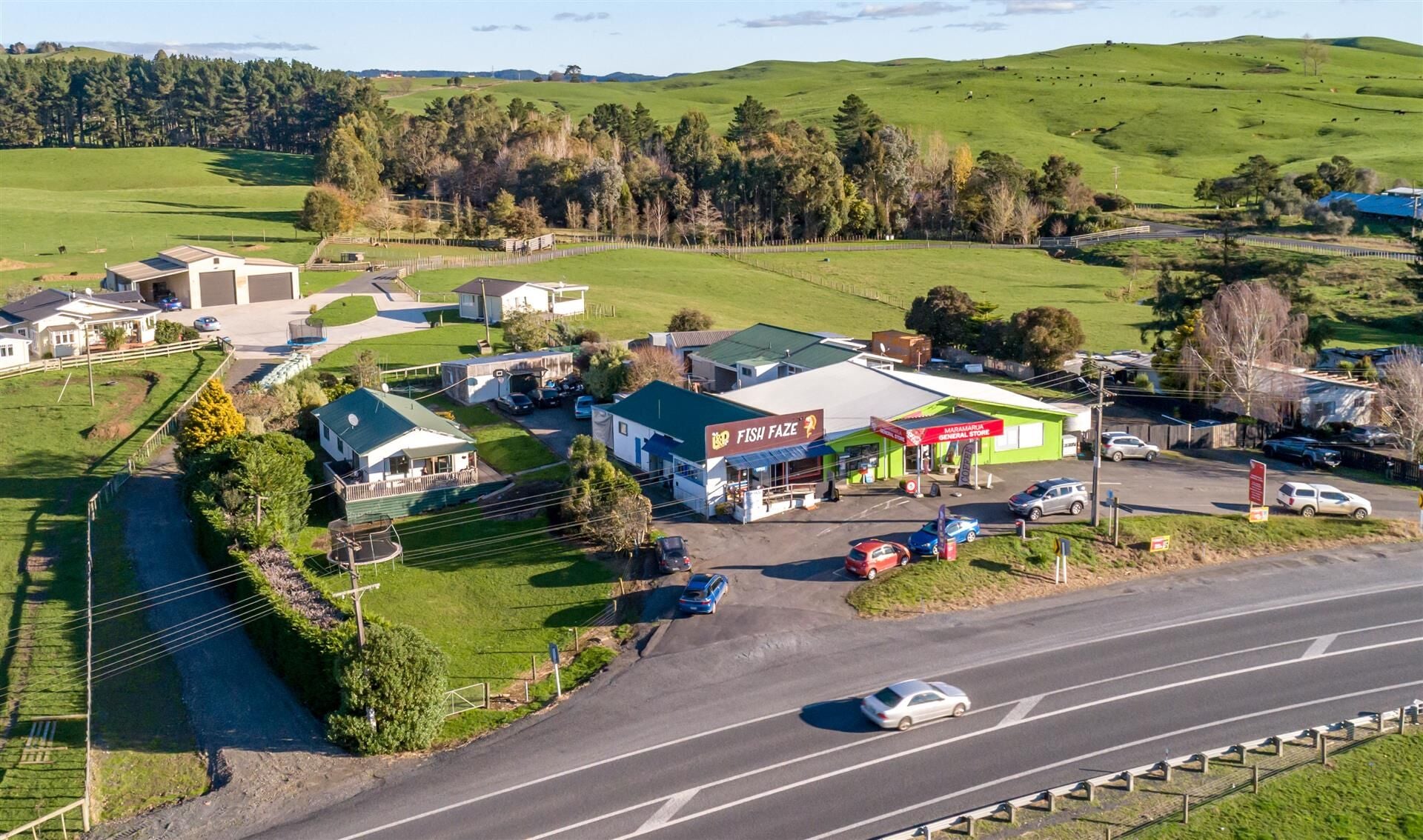Seafood shop with residential component for sale delivers a tasty opportunity for property investors

The property is located at 2288 State Highway Two in the Northern Waikato – which links Auckland to the Coromandel Peninsula and the western reaches of the Bay of Plenty. New Zealand Transport Agency figures show that on an average weekday, some 11,692 vehicles travel along this stretch of the highway in both directions.
The front of the 1,702-square metre property facing onto State Highway Two houses a seafood business which produces high-end seafood dining options such as crayfish, smoked salmon, oysters in the shell, whitebait and paua. The seafood outlet has a loyal customer base among Maramarua locals – many of whom patronise the venue after visits to the nearby Red Fox Tavern, Maramarua Rugby Club, or the Maramarua or Hauraki Plains golf clubs.
Originally established as a butchery but converted into a seafood shop several years ago, the retail premises is situated immediately beside a small rural grocery and convenience store – both of which are accessed by a small slip road running off State Highway Two, enabling customers to safely pull off the busy route.
Towards the rear of the retail premises site is a three-bedroom residential dwelling and an adjacent large garage which are surrounded by large mature trees providing a degree of privacy and noise elimination from the nearby road. The home is currently vacant.
Combined, the 310-square metres of commercial and residential tenancies generate annual rental of $45,240 when fully occupied. The property has been retained within the current owner’s family for nearly 70-years and is zoned rural 1A under the Waikato District Council Plan.
Now, the rectangular-shaped land and buildings at 2288 State Highway Two, but not the seafood business, are being marketed for sale at auction on August 10 through Bayleys Hamilton. Salesperson Josh Smith said the property would appeal to both investors and owner-occupiers looking to take on the seafood business if it became available.
“For investors, this is a split risk opportunity in both the commercial retail and residential sectors. Alternatively, a new owner could look at taking over the fish and seafood business and incorporating the residential dwelling into their business model. It would certainly be short commutes to and from work in a home-and-income scenario,” Smith said.
“The building housing the fish and seafood retail business is a stereotypical design and layout for a small town food premises – featuring a small service area, a service counter directly accessed from in front of the shop, a food preparation area, and a food storage area at the rear of the shop with fridges and deep freezes,” he said.
Smith said the fish and seafood business benefitted from year-round high traffic flows along busy State Highway Two – particularly peaking over the summer period when many Aucklanders spent time at their Coromandel baches. The business is currently on a rolling month-to-month lease - with the opportunity for any new owner of the property to negotiate a longer term.
Meanwhile, he said the residential component of the property was regularly tenanted on short to medium-term leases by dairy farm workers contracting around Maramarua’s rural hinterland.
“Retail premises along this busy portion of State Highway Two are few and far between, while the residential component of this property adds an additional opportunity for any new owner of the property,” Smith said.
Click here for more information on the listing.
